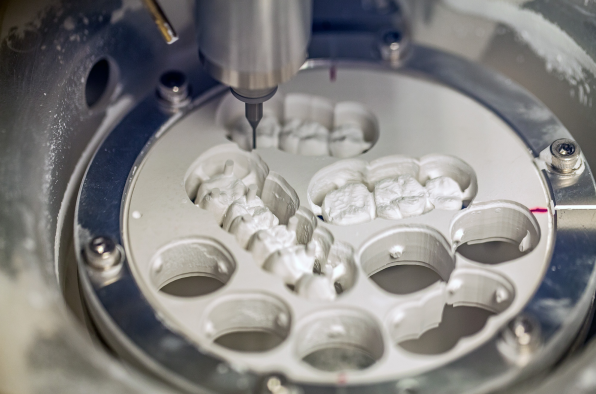What Does A Milling Machine Do In Dentistry?
Dental milling machines play a crucial role in modern dentistry by enabling efficient and precise fabrication of dental prosthetics. These machines are equipped with CAD/CAM technology, allowing for automated processing of dental restorations. The use of CAD/CAM technology has become widespread in restorative and implant dentistry, offering patients the convenience of receiving custom dental prosthetics quickly, often in a single visit.
The process begins with scanning the patient's teeth to create a digital impression using CAD/CAM software. The design phase involves creating custom restorations such as crowns and veneers. Subsequently, the milling machine fabricates the restoration using prefabricated materials based on the digital design. Finally, the finished restoration is fitted in the patient's mouth for optimal comfort and function.
There are different types of dental milling machines available, including wet, dry, and combined types. Wet milling machines use coolant or water during the milling process, making them suitable for processing hard materials such as cobalt chrome and titanium. Dry milling machines, on the other hand, utilize air instead of water and are ideal for softer materials like PMMA and Zirconia. Combined milling machines offer versatility by supporting both wet and dry milling methods.
These machines can have either four or five axes, enabling them to create complex dental restorations with precision. By utilizing a dental milling machine, practitioners can efficiently produce a wide range of dental prosthetics, including crowns, bridges, implants, and dentures. Chair-side milling with CAD/CAM technology allows for same-day restorations, reducing the need for multiple appointments and enhancing patient satisfaction.
Overall, dental milling machines streamline the fabrication process, minimize treatment times, and ensure high-quality, accurate dental restorations for patients. Their digital control and precision make them indispensable tools in modern dentistry, offering superior outcomes and improved patient experiences.




